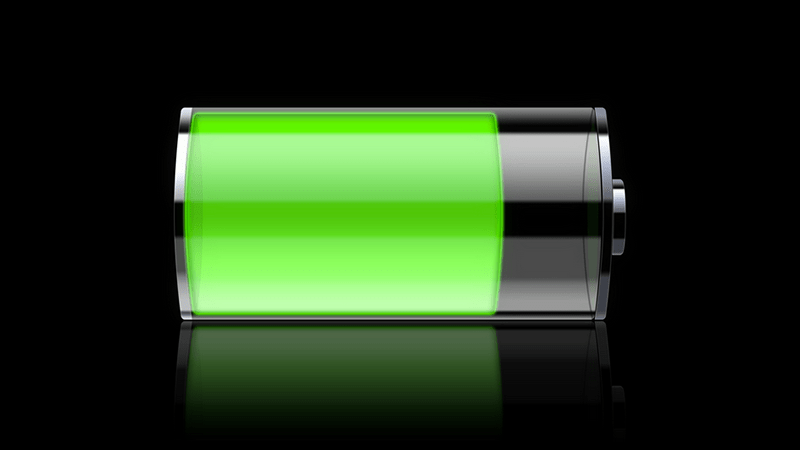Conserving the juice. A recent update to Microsoft Edge improves the efficiency mode in the web browser, thereby reducing energy consumption even further by lowering resource usage.
Edge is already one of the most efficient browsers, thanks to the introduction of this mode in version 101.
But now, this updated efficiency mode that is available in Microsoft Edge 106 takes things one step further by adding more power-saving options to the browser. It will be able to detect when a device is on battery and adjust its performance accordingly.
There are a couple of different modes to go with several options that are now available for the tool.
And Microsoft does a good job of breaking them down in this Tech Community post.
The browser uses the “Balanced Savings” option by default, which takes reasonable steps to save battery without notable slowdowns. However, it will take a more aggressive approach when your device runs low on juice, which will result in worse performance and a less smooth experience overall.
This happens when your machine enters battery save mode in Windows or reaches the 20% battery mark on a Mac.
And for those who want to squeeze every last drop of battery juice, there is a “Maximum Savings” option with Edge applying every energy-saving measure at its disposal. This, as you can imagine, trades off speed for battery life, and the performance downgrade will be very noticeable.
But horses for courses, as they say!
Another noteworthy change in Edge 106 is the option to keep the battery saver on when connected to power. This is a step that ensures that your machine consumes less energy, reducing carbon emissions in the process.
Much like the recent changes that made the Windows Update process greener and more eco-friendly.
Redmond has confirmed that the updated battery efficiency mode in Microsoft Edge is currently rolling out to customers, so you may have to wait a few more days before this feature reaches your computer.
Good stuff.





